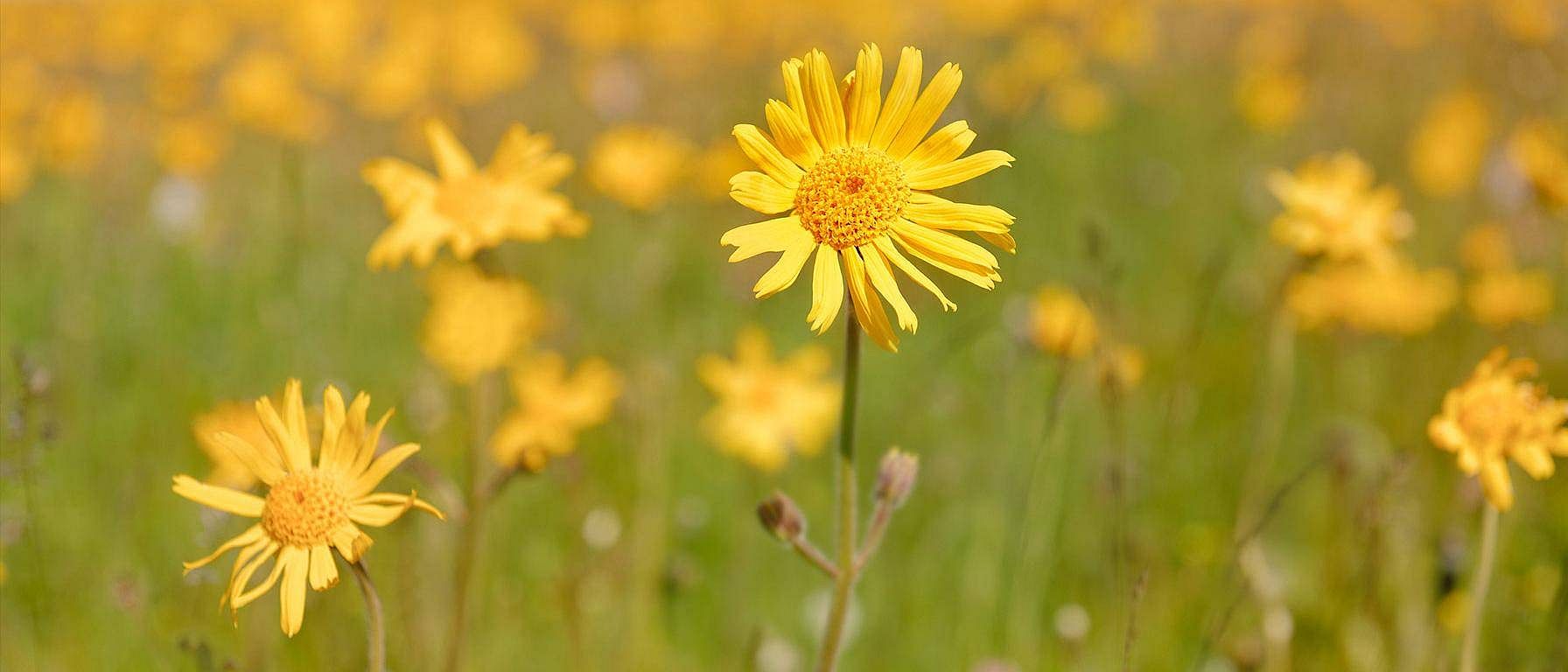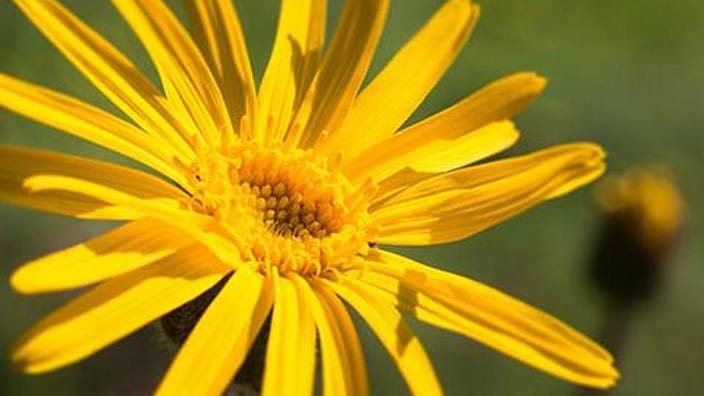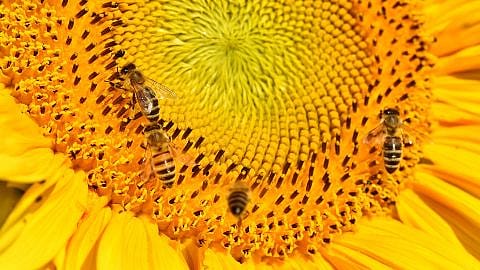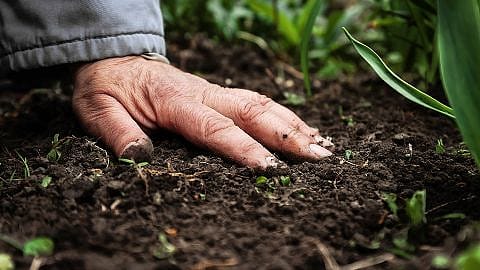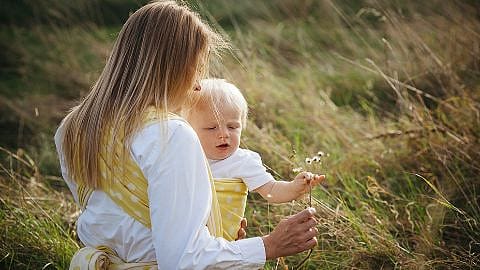Arnica
The guardian and healer of muscles and bruises
The sunny yellow arnica plant thrives in natural mountain meadows and calcium-poor peat soils.
The sunny yellow arnica plant thrives in natural mountain meadows and calcium-poor peat soils. The earliest recorded reference to this plant comes in the writings of the 12th century sage and healer Hildegard of Bingen. Arnica’s delicate flowers seem slightly dishevelled and fragile – as if a breath of wind could carry them away. In fact arnica is a very vigorous plant, which grows up to 40 centimetres tall, yet easily survives strong mountain wind. This external resistance is a clear indication of the strong structural forces that arnica carries.
A wealth of active ingredients
About 150 pharmaceutically active ingredients are found in arnica’s flower clusters. Among these are valuable and effective substances such as flavonoids, carotenoids, sesquiterpen lactones and precious essential oils. The fine silica content gives the arnica structuring and shaping forces and helps to regenerate tissue after blunt injuries such as bruises, bumps or contusions. In the 18th century, arnica was often used for the treatment of ailments such as gout, rheumatism, varicose veins and phlebitis. In modern times extracts from arnica have been shown to have an antiseptic effect and they promote blood circulation, relieve pain and speed up the healing process. These uses and others are frequently reviewed and clinically well-documented. Due to these characteristics, arnica is also called the ‘The guardian and healer of muscles and bruises’.
